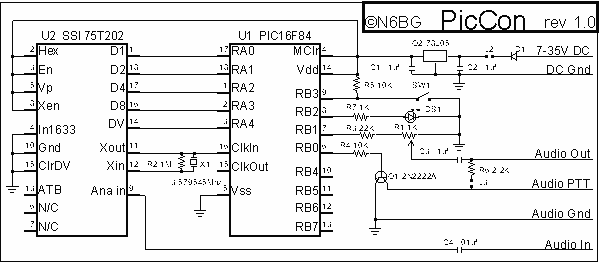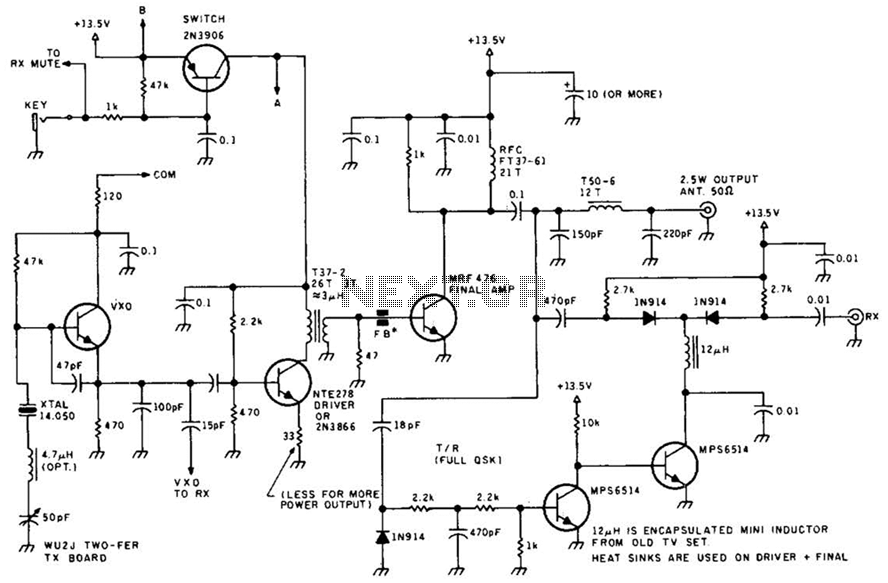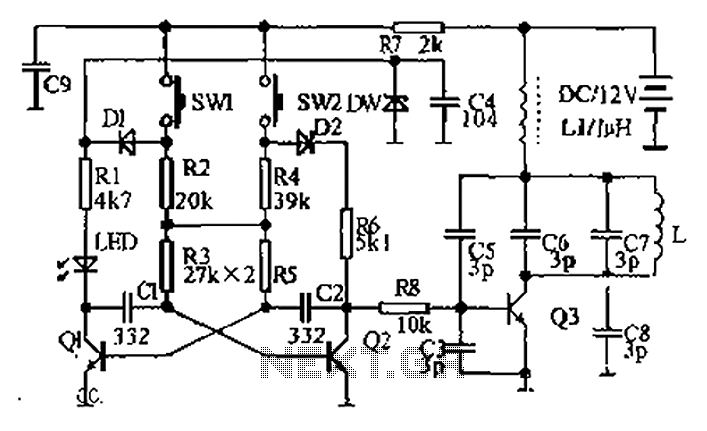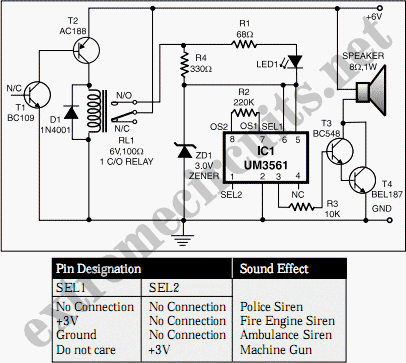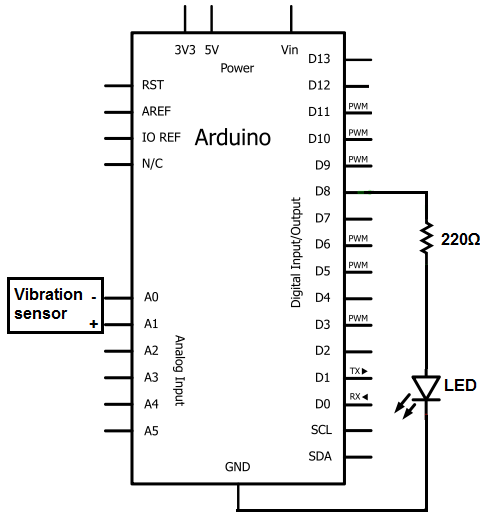
cr vacuum tube detector radio
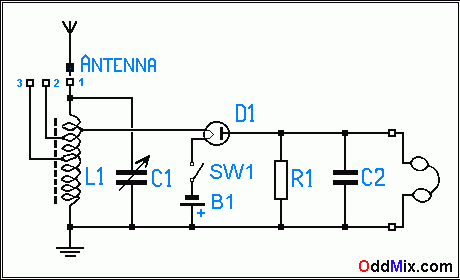
A basic detector radio set that utilizes a vacuum tube instead of a crystal detector. This radio requires minimal components, and due to its inherent simplicity, it is easy to construct. Despite its simplicity, this receiver performs well when a high-strung, well-insulated long wire antenna is available, or when strong stations are nearby. A shortwave version operates effectively in most locations, particularly when wave propagation is favorable. The parts list for this simple vacuum tube detector radio includes: B1 - 1.5 Volt Dry Cell, C1 - Rotary Capacitor - 500 pF (pico Farad), C2 - Filter Capacitor - 1 nF (used with magnetic phones only), D1 - Diode - Vacuum Tube Detector, L1 - Antenna coil - 75 turns 180 µH (micro Henry), R1 - Load resistor - 200 K (used with crystal phones only). Coil L1 is hand-wound in a universal style to minimize coil capacitance and is wound on a 1/4-inch diameter coil form, equipped with a low-loss RF ferrite tuning screw. The antenna coil L1 consists of 75 turns, preferably using 10 strands of 0.05 mm Litz wire, with taps at 15, 30, and 45 turns. These taps, marked 2 and 3 on the schematic diagram, enhance impedance matching. The coil inductance should be approximately 200 µH with a 500 pF C1 capacitor. Litz wire is a specially insulated multi-strand RF magnet wire, composed of 10 strands, each with a 0.05-millimeter diameter. The increased number of conductors in Litz wire improves performance, while smaller wire sizes complicate soldering due to the difficulty in removing enamel from the strands. Commercial preparations are available for this purpose, although they may not be fast. Litz wire with low-temperature insulation can be tinned directly as the enamel melts during soldering. The multi-strand configuration increases the wire's surface area, reducing coil impedance and mitigating the skin effect, which causes RF currents to flow primarily on the conductor's surface. Using multiple strands also proportionately decreases coil resistance and diminishes the skin effect. A good quality, ceramic insulated, sturdy, air dielectric rotary capacitor is shown in Picture 2; it serves as C1, with a value of 500 pF when closed. D1 is a miniature vacuum tube functioning as a signal detector. Although any vacuum tube can be utilized in this circuit, the preferred choice is a low filament power electron tube like the 1T4, which operates at a filament voltage of 1.4 V and consumes only 50 milliamperes (mA). When using a tube that is not a diode, all grids and other extra electrodes should be connected to the anode. The 1T4 is a pentode with three grids, all of which should be tied together with the anode. The tube requires minimal power for its heater, allowing a standard single AA cell to function for an extended period. To conserve battery life when the set is not in use, disconnect the battery using the SW1 switch. The vacuum tube can be employed to verify proper operation of the set before replacing it with a crystal detector. When paired with a set of piezoelectric headphones, this radio offers near high-fidelity sound quality within the constraints of AM bandwidth. As these headphones provide only capacitive loading, the 200 KΩ R1 resistor is necessary, while the 1 nF capacitor remains unused. Careful solder connections using rosin core solder designed for electronic applications are essential for optimal performance. Initial operation of the completed radio should be straightforward. To tune in a station, select the taps on L1 that yield the strongest signal by listening and experimenting with different tap points. If a very strong, high-powered local station is nearby, a wave trap circuit may be required to mitigate interference.A basic detector radio set that uses a vacuum tube instead of a crystal detector. This radio requires few components, and because it`s inherent simplicity it is easy to build. In spite it`s simplicity this receiver performs well if a high-strung long wire, well-insulated antenna is available, or strong stations are nearby. A short-w ave version works great almost everywhere whenever wave propagation is good. Parts list for this simple vacuum tube detector radio: B1 - 1. 5 Volt Dry Cell C1 - Rotary Capacitor - 500 pF (pico Farad) C2 - Filter Capacitor - 1 nF, used with magnetic phones only D1 - Diode - Diode, Vacuum Tube Detector L1 - Antenna coil - 75 turns 180 uH (micro Henry) R1 - Load resistor - 200 K, used with crystal phones only Coil L1 on Picture 1 is hand wound in a universal style to reduce coil capacitance. It is wound on a 1/4-inch diameter coil form, outfitted with a good (low loss) RF ferrite tuning screw.
The antenna coil L1 is 75 turns preferably with 10x0. 05 MM Litz wire, with taps at 15, 30 and 45 turns. These taps marked 2 and 3 on the schematic diagram, and they are useful for improved impedance matching. Coil inductance need to be around 200 uH with a 500-pF C1 capacitor Litz wire is a specially insulated multi-strand RF magnet wire; it has 10 strands, each 0.
05-millimeter diameter. The more conductors a Litz wire has the better. With smaller wire size, it gets progressively harder to remove the enamel from all the tiny strands for soldering. There are several commercial preparations available for just such purpose, they works well if not exactly fast.
Litz wire with low temperature insulation can be tinned directly, as the enamel melts off during soldering. Since multi-strand wire increases the wire`s surface area, it helps to reduce the coils impedance and to overcome the extra increase caused by the skin effects which forces RF (Radio Frequency) currents to flow mostly on the conductor`s surface.
More than one wire together may be used for the coil making with similar benefits. Any additional single conductor cuts the coil resistance proportionately and the skin effect will diminish too. Picture 2 shows a good quality, ceramic insulated, sturdy, air dielectric rotary capacitor. It is used for C1, and its value is 500 pF (pico Farad) when closed. D1 is a miniature vacuum tube, used as a signal detector. Although any vacuum tube would work in this circuit, the preferred one for this place is one of the low filament power electron tubes like the 1T4 that has a filament voltage of 1.
4 V and it uses only 50 milli-amperes [mA] for its operation. When using a tube that is not a diode, connect all the grids and other extra electrodes to the anode. The 1T4 is a pentode; it has three grids so tie them all together with the anode. The tube requires only power for its heater, and not much of it, so a standard single AA cell will work for a long time.
When the set is not in use disconnect the battery with the SW1 switch. The vacuum tube can be used to verify that the set works correctly then it can be replaced by a crystal detector. With a set of piezoelectric headphones, this radio provides near hi-fi (High Fidelity) sound as much as the AM bandwidth permits such quality reception.
As these types of headphones provide only capacitive loading, the 200 Kohm R1 resistor is required, and the 1 nF (nano Farad) capacitor is unused. Carefully done solder connections with rosin core solder, made for electronic soldering, are helpful.
Start up of the completed radio should be easy. Tune in a station, then select the taps on L1 that give the strongest signal. The way to select the tap is by listening to a station and to experiment with different tap points. If a very strong, high-powered local station is in the area, a wave trap circuit may be required. 🔗 External reference
The antenna coil L1 is 75 turns preferably with 10x0. 05 MM Litz wire, with taps at 15, 30 and 45 turns. These taps marked 2 and 3 on the schematic diagram, and they are useful for improved impedance matching. Coil inductance need to be around 200 uH with a 500-pF C1 capacitor Litz wire is a specially insulated multi-strand RF magnet wire; it has 10 strands, each 0.
05-millimeter diameter. The more conductors a Litz wire has the better. With smaller wire size, it gets progressively harder to remove the enamel from all the tiny strands for soldering. There are several commercial preparations available for just such purpose, they works well if not exactly fast.
Litz wire with low temperature insulation can be tinned directly, as the enamel melts off during soldering. Since multi-strand wire increases the wire`s surface area, it helps to reduce the coils impedance and to overcome the extra increase caused by the skin effects which forces RF (Radio Frequency) currents to flow mostly on the conductor`s surface.
More than one wire together may be used for the coil making with similar benefits. Any additional single conductor cuts the coil resistance proportionately and the skin effect will diminish too. Picture 2 shows a good quality, ceramic insulated, sturdy, air dielectric rotary capacitor. It is used for C1, and its value is 500 pF (pico Farad) when closed. D1 is a miniature vacuum tube, used as a signal detector. Although any vacuum tube would work in this circuit, the preferred one for this place is one of the low filament power electron tubes like the 1T4 that has a filament voltage of 1.
4 V and it uses only 50 milli-amperes [mA] for its operation. When using a tube that is not a diode, connect all the grids and other extra electrodes to the anode. The 1T4 is a pentode; it has three grids so tie them all together with the anode. The tube requires only power for its heater, and not much of it, so a standard single AA cell will work for a long time.
When the set is not in use disconnect the battery with the SW1 switch. The vacuum tube can be used to verify that the set works correctly then it can be replaced by a crystal detector. With a set of piezoelectric headphones, this radio provides near hi-fi (High Fidelity) sound as much as the AM bandwidth permits such quality reception.
As these types of headphones provide only capacitive loading, the 200 Kohm R1 resistor is required, and the 1 nF (nano Farad) capacitor is unused. Carefully done solder connections with rosin core solder, made for electronic soldering, are helpful.
Start up of the completed radio should be easy. Tune in a station, then select the taps on L1 that give the strongest signal. The way to select the tap is by listening to a station and to experiment with different tap points. If a very strong, high-powered local station is in the area, a wave trap circuit may be required. 🔗 External reference
